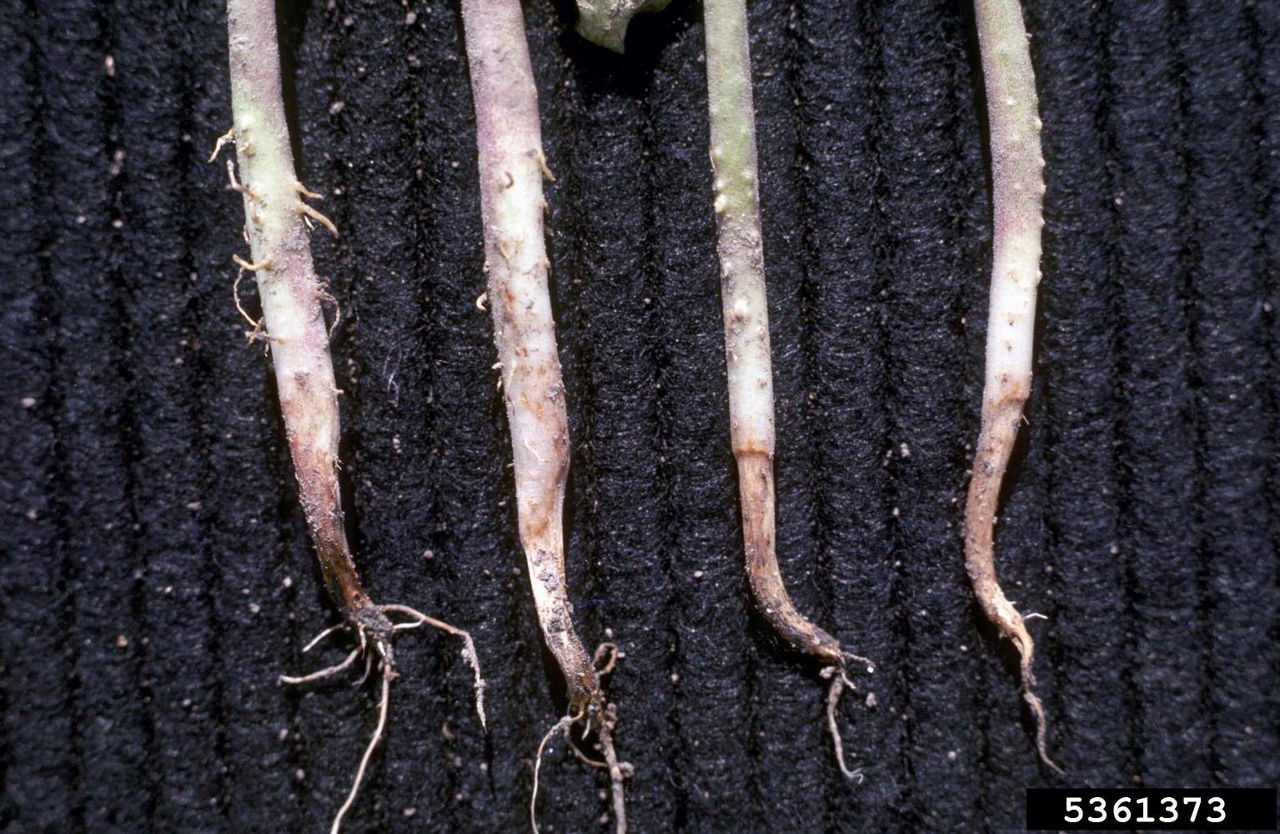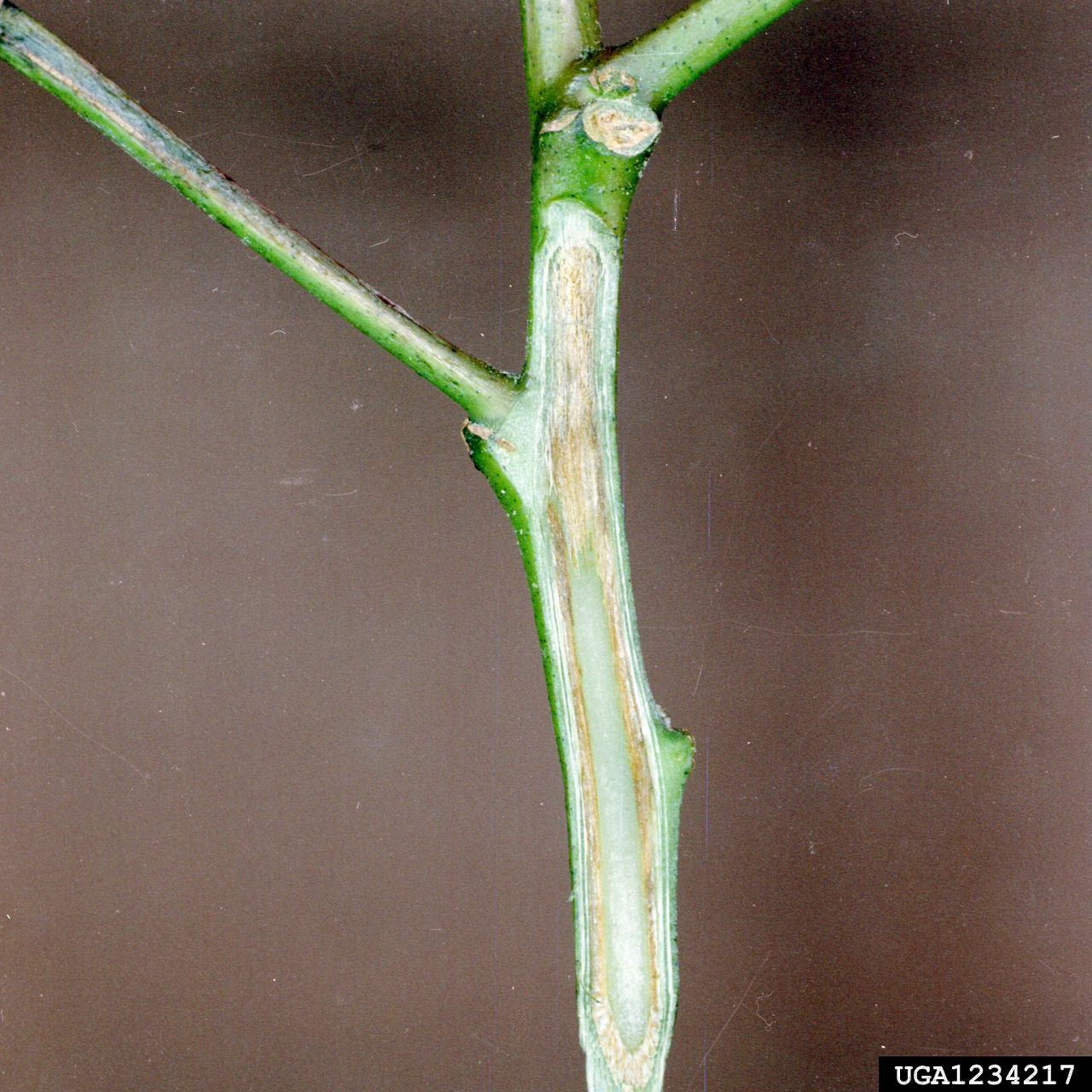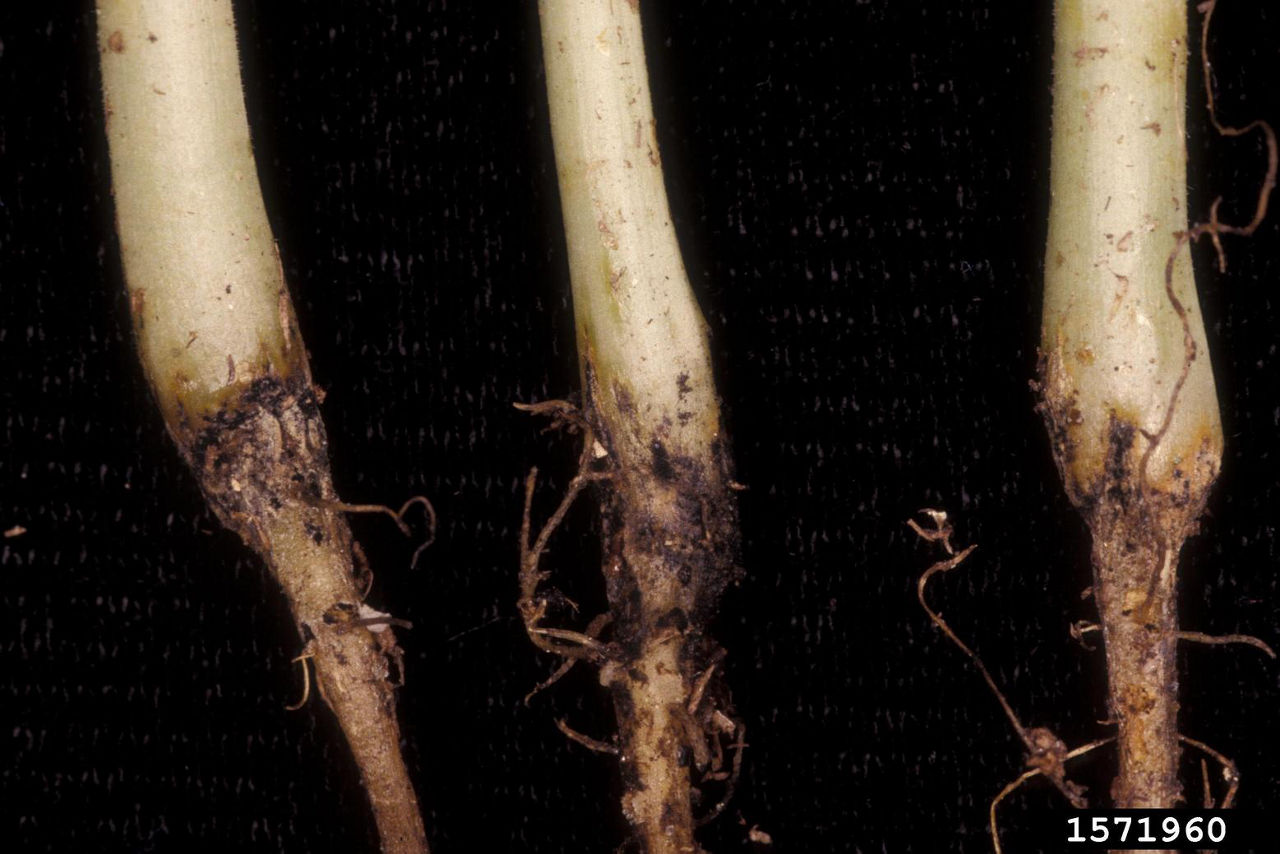10 MIN READ
Early-Season Diseases in Cotton
April 12, 2022
Take-aways
Cotton seedlings can be infected by several different fungal pathogens that may result in reduced yield potential.
Other stress factors, such as insect and nematode injury, environment, and soil conditions can impact the severity of disease.
Utilizing the best agronomic practices and fungicide seed treatments can reduce potential yield losses from early-season diseases.
Background
Early-season diseases may occur in all soil types but are more often found in wet and poorly drained soils. Reduced tillage systems, soil compaction, planting to deep slowing emergence, and flat planting (without beds) may contribute to an increased incidence of soil borne diseases. Nematode and thrips damage can delay seedling growth and intensify damping-off caused by Pythium species. Symptoms of early seedling injury include decayed seeds or seedlings, delayed and uneven emergence, girdling of seedling stems, and rotted roots. Damaged seedlings are pale to chlorotic, stunted, slower growing, and may die within a few days after emergence. The taproot is often destroyed, leaving only shallow-growing lateral roots to support the plant.1
Management tactics2
Seed bed preparation. Maintain soil pH above 5.5 and below 7.0 to help insure good, even seedling emergence. Low levels of phosphorus and potassium retard seedling emergence. Ensure that pH and soil nutrient levels are adequate for the optimum growth, yield, and quality.
Soil Temperature. Plant when soil temperature is above 65 °F, at a 4-inch depth, and with a favorable 5-day weather forecast. Germinating cotton seeds can be injured when soil temperatures fall below 50 °F. Planting into raised beds may improve soil temperature and drainage. It is important to mitigate potential disease risk by optimizing soil temperatures at planting on soils that cannot be bedded, such as those in a conservation tillage program.
Seed Quality. Plant seeds that have adequate warm test and a cool test germination percentage. In general, the warm germ test (about 86° F) will estimate the percent emergence under highly favorable conditions, while the cool germ test (64 ° F) will estimate emergence under more typical, somewhat adverse conditions. The minimum acceptable percent germination percentage for cotton planting seed are 80% on the warm test and 50% on the cool test. The warm germination test percentages are printed on most seed tags. Growers should ask their seed dealer for the warm and cool germ test results for each lot of seed, and should only plant seed that germinates well, especially when planting early or in heavy soil. Fungicide seed treatments on most commercially sold seed are there to protect seed from rot and are helpful in suppressing disease to achieve a uniform stand.
Planting. Planting seed too deep can extend the time required for emergence, increasing the risk of infection by plant pathogens.2
Scouting. Scouting for symptoms of early-season issues such as diseases and insects can help identify potential problems, which may help in the future and in some cases allow time to apply a remedy for the current season.3
Seed Treatments. Fungicide seed treatments can provide cotton seedlings with adequate broad-spectrum protection from early-season diseases. Seed treatment fungicides may be either protectants or systemics. Protectant fungicides protect the seed from possible pathogens carried on the seed or soil-borne pathogens that may directly come in contact with the seed. Systemic fungicides are taken up by the seedling to provide protection from certain types of pre- and post-emergence fungi causing damping off symptoms. Most commercial cotton seed sold is pre-treated with both protectant and systemic fungicides. Premium seed treatment packages with higher use rates are available to help provide more complete and consistent protection in high disease pressure situations.
Identification of early-season cotton diseases
Click on the disease for more information
Sources:
1 Koenning, S. and Collins, G. 2016. Disease management in cotton. 2016 Cotton Information. North Carolina State University. http://cotton.ces.ncsu.edu/.
2 Roberts, P. Editior. 2021. 2021 Cotton production guide. The University of Georgia Cooperative Extension Service. http://www.caes.uga.edu/.
3 Boyd, M.L., Phipps, B.J., and Wrather, J.A. 2004. Cotton pests scouting and management. University of Missouri Extension. IPM 1025. http://extension.missouri.edu/.
4 Texas Plant Disease Handbook. Cotton Gossypium hirsutum. Texas A&M AgriLife Extension. http://plantdiseasehandbook.tamu.edu/.
5 Cotton seedling disease identification. The National Cotton Council. http://www.cotton.org/.
1411_9090




